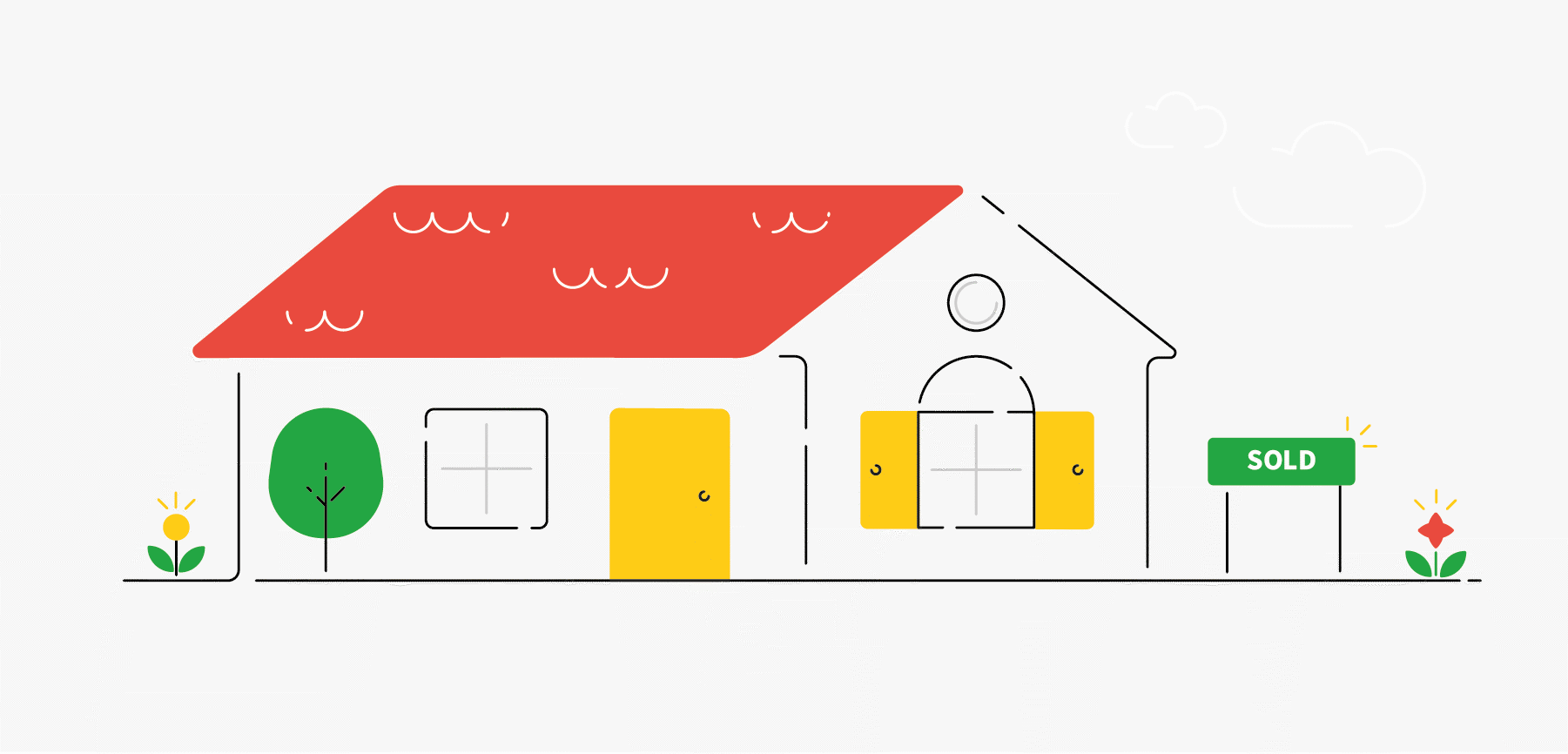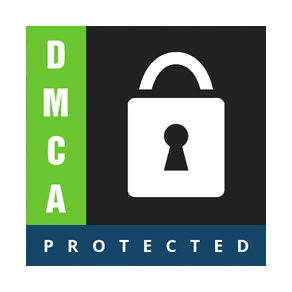In today’s competitive real estate market, it’s not enough to just generate leads—you need a system to convert them. This is where the concept of a real estate conversion pipeline comes in. But do you have a real estate conversion pipeline in place that nurtures prospects and guides them toward becoming clients? If not, you might be missing out on valuable opportunities.
In this blog, we’ll break down what a conversion pipeline is, why it’s essential, and how you can build one that drives consistent results for your real estate business.
What Is a Real Estate Conversion Pipeline?
A real estate conversion pipeline is a structured process that moves leads from first contact to final sale. It helps agents stay organized, communicate effectively, and follow up with leads at the right time.
Why It Matters
A well-built pipeline ensures you:
- Don’t lose track of interested buyers or sellers.
- Increase your closing rate.
- Spend your time on the most promising leads.
- Deliver a better client experience.
Key Stages of a Real Estate Conversion Pipeline
Let’s look at the common stages involved in a real estate pipeline:
1. Lead Generation
This is the top of the funnel. You gather leads through open houses, website inquiries, social media ads, referrals, or paid campaigns.
2. Lead Qualification
Not all leads are created equal. You need to identify which ones are serious buyers or sellers and which are just browsing.
3. Nurturing
Use email marketing, retargeting, and calls to stay in touch with leads who aren’t ready to act yet.
4. Appointment Setting
Once a lead shows interest, set a meeting or showing. This is your chance to build trust and establish your value.
5. Conversion
The lead signs a contract with you—either a buyer representation agreement or a listing agreement.
6. Transaction Management
From contract to closing, keep the deal moving forward while keeping your client informed.
7. Follow-Up
Even after a sale, your pipeline doesn’t end. Stay in touch for referrals and future business.
Signs You Need a Real Estate Conversion Pipeline
Do you have a real estate conversion pipeline that actually delivers results? If you’re unsure, here are some signs you need to work on it:
- You’re overwhelmed with unorganized leads.
- You forget to follow up with prospects.
- Your close rate is low.
- You’re not using a CRM.
- Your team isn’t aligned on lead stages.
Tools to Build Your Conversion Pipeline
You don’t need to build your pipeline from scratch. There are tools that help real estate agents streamline the process:
1. CRM Software
A Customer Relationship Management (CRM) tool like Follow Up Boss, HubSpot, or kvCORE lets you track leads and automate communication.
2. Email Drip Campaigns
Keep in touch with long-term leads through automated emails that educate, inform, and remind them of your value.

3. Lead Scoring
Prioritize your time by assigning scores to leads based on behavior, engagement, and readiness.
4. Pipeline Dashboards
Visual dashboards help you see where each lead is in your pipeline so you can take action quickly.
Tips to Improve Your Real Estate Conversion Pipeline
Personalise Every Interaction
People respond to personal communication. Use their name, reference past conversations, and understand their unique needs.
Be Quick to Respond
Speed matters. Contact new leads within 5 minutes of inquiry to increase conversion chances.
Use Scripts for Calls
Having a call script for different pipeline stages keeps your messaging clear and effective.
Follow Up Like a Pro
80% of sales require five follow-ups. Most agents give up after one or two. Don’t make that mistake.
Track Your Metrics
Know your lead-to-close ratio, response time, and engagement rate to keep optimizing your pipeline.
Common Mistakes to Avoid
- Using spreadsheets instead of a CRM.
- Failing to follow up consistently.
- Treating all leads the same.
- Not setting clear goals.
- Ignoring post-sale communication.
Conclusion
Do you have a real estate conversion pipeline that supports your growth goals? If not, it’s time to build or refine one. With the right system in place, you’ll not only convert more leads—you’ll save time, deliver better service, and scale your business with confidence.
Read More 10 Top Real Estate Branding Mistakes
FAQs
1. What is a real estate conversion pipeline?
A real estate conversion pipeline is a step-by-step system to track, nurture, and convert leads into clients.
2. Why is a conversion pipeline important for agents?
It helps agents stay organized, follow up effectively, and close more deals by focusing on high-potential leads.
3. How can I build a real estate conversion pipeline?
Use a CRM, define pipeline stages, automate emails, and follow up regularly with every prospect or lead.
4. What tools can improve my real estate pipeline?
Tools like HubSpot, Follow Up Boss, and Mailchimp help automate tasks, manage leads, and boost conversion.
5. Do I need a pipeline if I work solo?
Yes! Even solo agents benefit from pipelines to manage time, follow-ups, and close more deals consistently.






